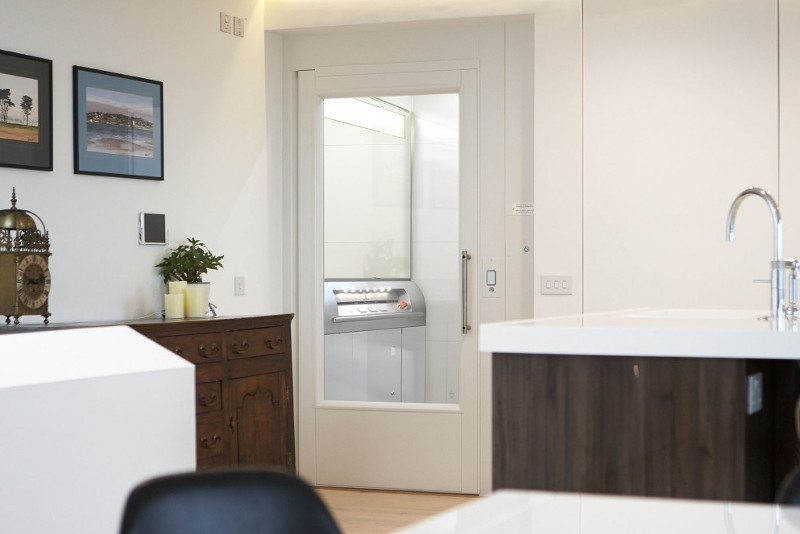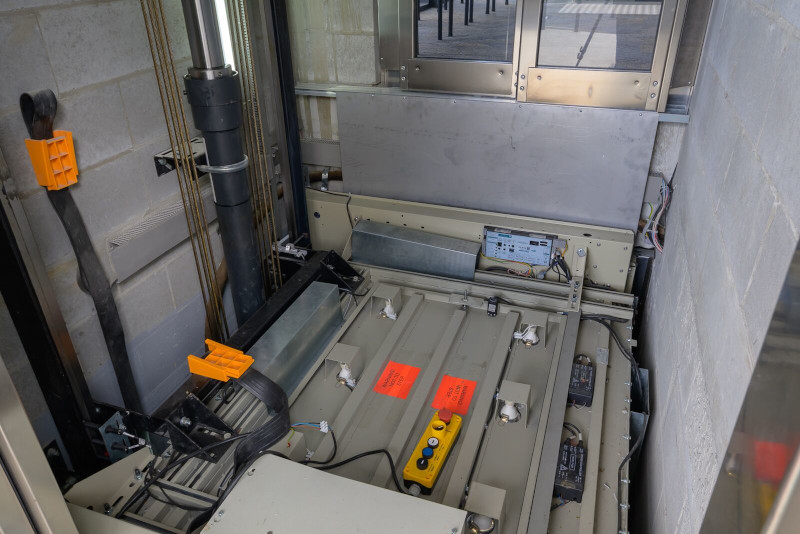Residential lifts are a great investment that will both future proof your home and add value to your property. Like any mechanical device, a home lift will require minor repairs throughout its lifetime. However, it’s important to recognise when repairing your lift becomes less viable than upgrading or completely replacing it.
Is It Best To Repair Or Replace Your Home Lift?
Making the right decision when deciding whether to repair or replace your home lift can save you money, protect your investment, and ensure that your lift runs smoothly and efficiently for years to come.
However, each situation should be individually assessed based on the expected lifetime of the and age of the lift, frequency of use, frequency of repairs, and availability of replacement parts.
Expected Lifetime
The first factor to consider when deciding whether to repair your lift, or to replace it is the expected lifetime of your lift. Most residential lifts have an expected lifetime of 20 to 25 years, based on average environmental conditions and usage.
If your lift is within a few years of its expected lifetime provided by the manufacturer, it will more than likely be more economical to replace or upgrade the lift rather than continuing to have it repaired.
Though repairing your lift could put off the cost of having to purchase a replacement, the older your lift gets, the more frequently things will stop working and require repair. Additionally, as lifts age, they become less energy efficient. This means that you will be spending a lot more money to keep your lift running than you would be on a newer lift. And, in the end, you will likely face the cost of replacing your lift within the next few years or so.
Frequency of Use
Although lifts come with an expected lifetime, the usage of a lift can significantly impact how long it will last. Just like the life expectancy of a car is based on distance travelled rather than time since manufacture, a more accurate judgement of the lifetime of your home lift should be based on its usage. This is because the expected lifetime of the lift, provided by the manufacturer, is calculated based on average usage, so if your lift is used more or less than average, it will need replacing sooner or later than expected.
In terms of deciding whether to repair or replace your lift, it’s important to take usage into account. For example, a heavily used lift will need to be replaced much sooner than a lift that is used less frequently. To estimate the usage of your lift, simply take note of how often your lift is used in a week and multiply that by the number of weeks since the lift was installed. If you find that your home lift is used more often than the average household, consider replacing or upgrading your lift sooner than the expected lifetime provided.
Frequency Of Repairs
Another factor to take into consideration when determining whether it’s best to repair or replace your lift is how frequently your lift needs repairing. As lifts age, parts tend to become worn and damaged. As a result the lift will begin to need repairs or replacement parts more and more frequently.
If your lift has begun to require more frequent repairs, it may be a sign that it’s time for an upgrade. Although you could continue to repair your old lift, you will essentially only be putting off having to replace the lift while investing your money into a failing machine.
Additionally, as lifts age, they lose their energy efficiency, increasing running costs. This means that while you are putting off a replacement by paying for repairs, you will also be paying much higher running costs than you would have to pay for an upgraded lift.
Availability of Parts
Finally, consider the availability of parts for your lift when choosing to repair or replace. As lifts have such a long life expectancy, it’s not uncommon for manufacturers to discontinue support and production of parts for older models still in use.
This means that when your lift breaks down, replacement may be the only option. However, it’s best to look into the availability of parts for your lift as it ages, before it breaks down. This will allow you to replace your lift in your own time, ensuring that your home always have a working access solution. Alternatively, waiting for your lift to breakdown before finding out that there are no replacement parts available can leave you out of pocket, with no home access solution for weeks or months while organising a replacement.
Queensland’s Leading Lift Provider
Still not sure whether it’s best to repair or replace your home lift? Give us a call. Axis Lifts is Queensland’s leading lift provider. With over 94 years of combined experience and more lift technicians than any other Queensland lift company, you can count on us to provide expert advice backed by years of experience and industry knowledge.
Call Axis Lifts today on 1300 002 947 for all of your home access needs.





